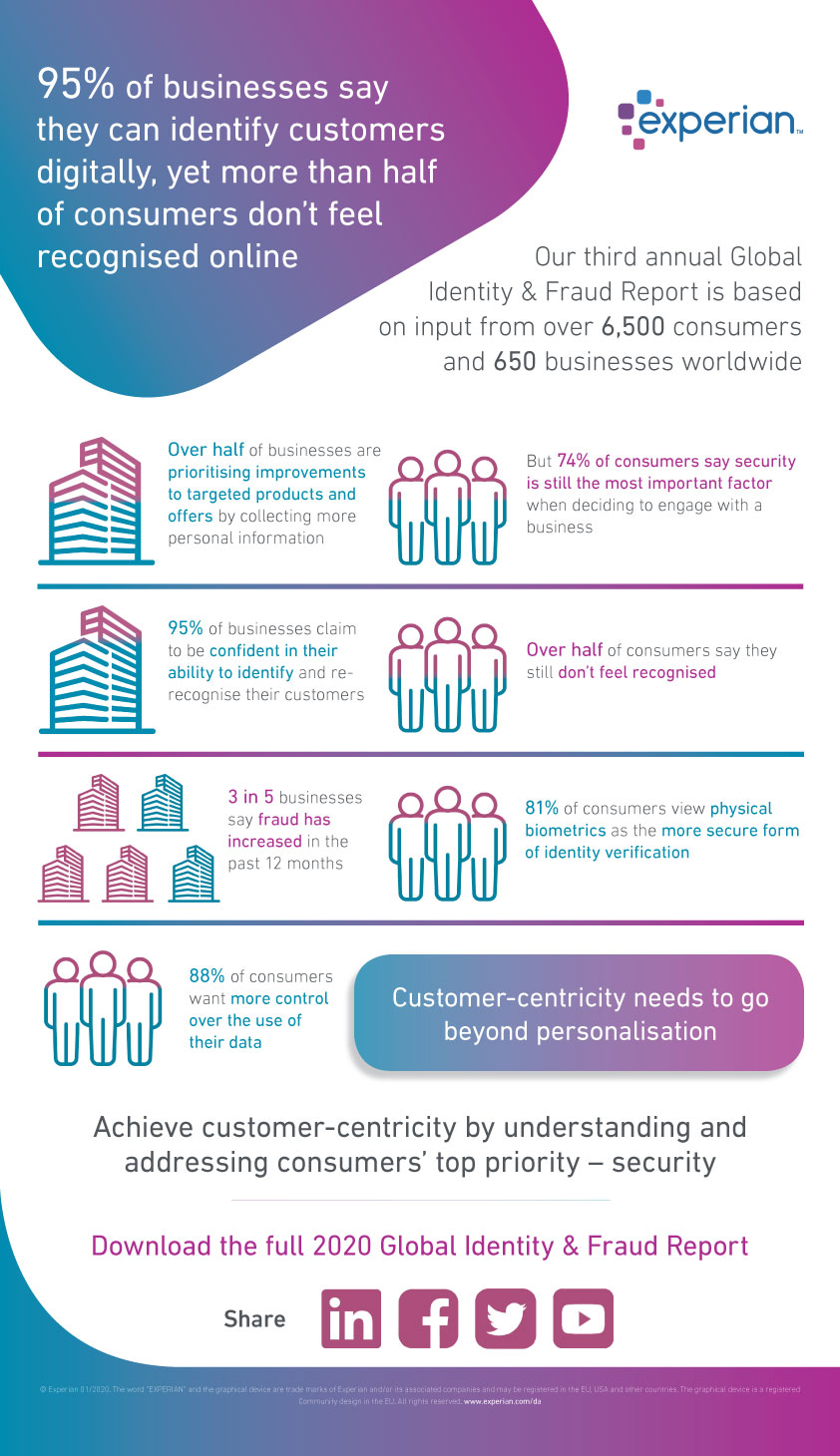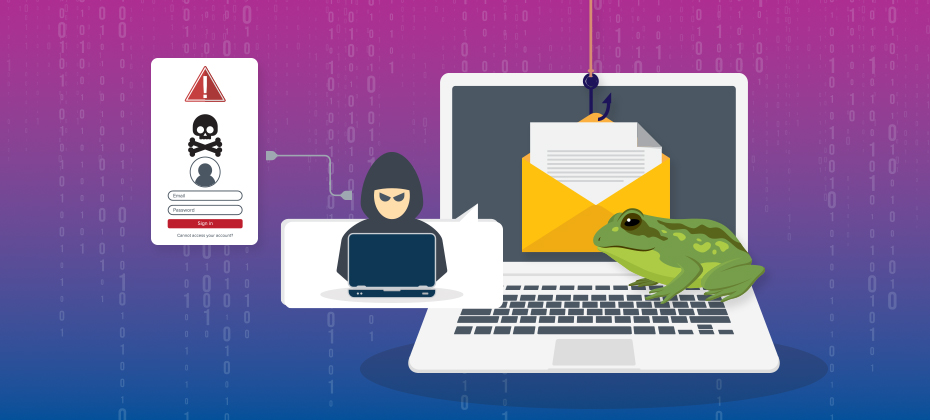Security. Convenience. Personalization. Finding the balance between these three priorities is key to creating a safe and low-friction customer experience. We surveyed more than 6,500 consumers and 650 businesses worldwide about these priorities for our 2020 Global Identity and Fraud Report:
Most business are focusing on personalization, specifically in relation to upselling and cross-selling. This is frustrating customers who are looking for increases in both security and convenience. It’s possible to have all three.




